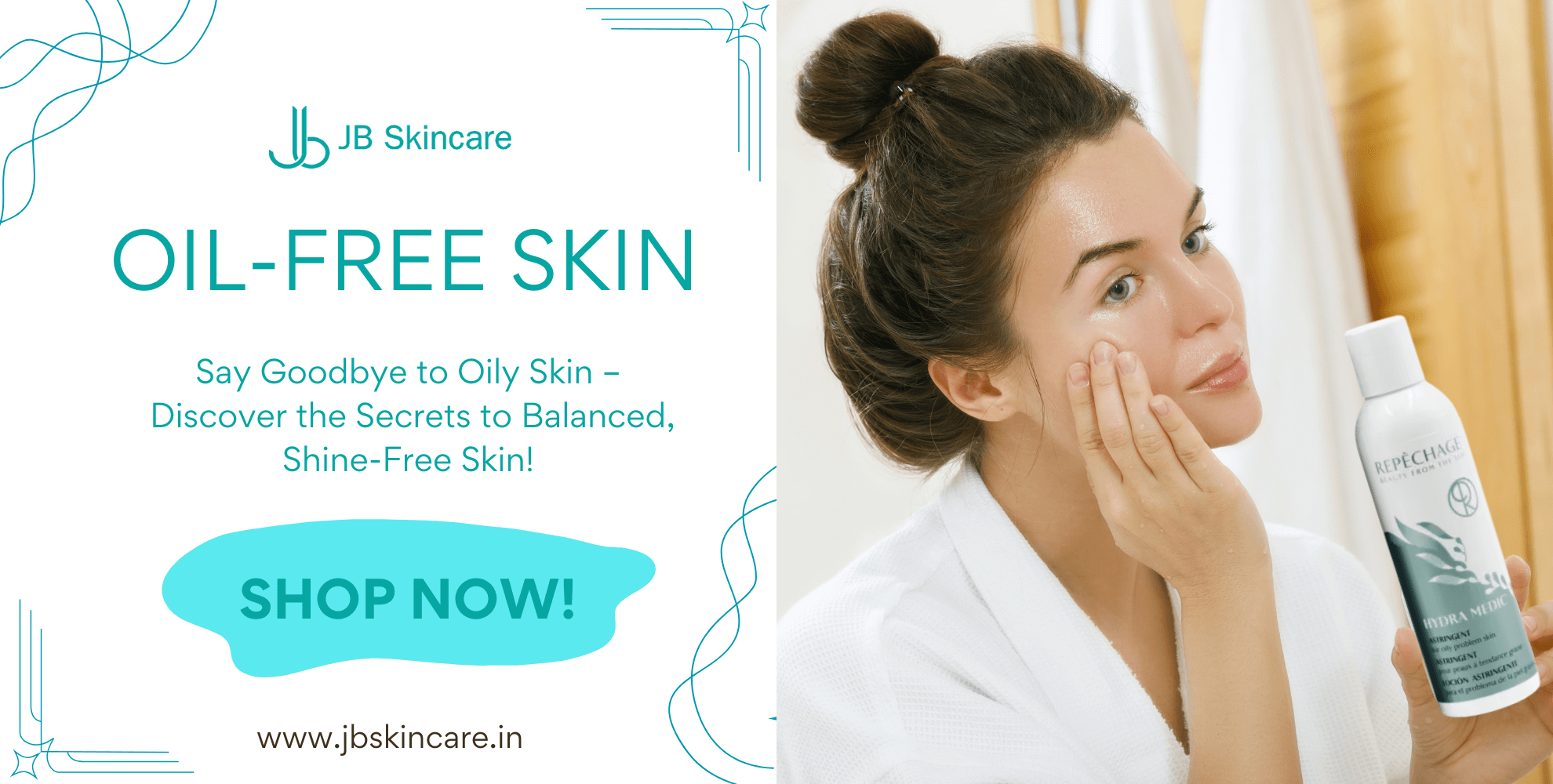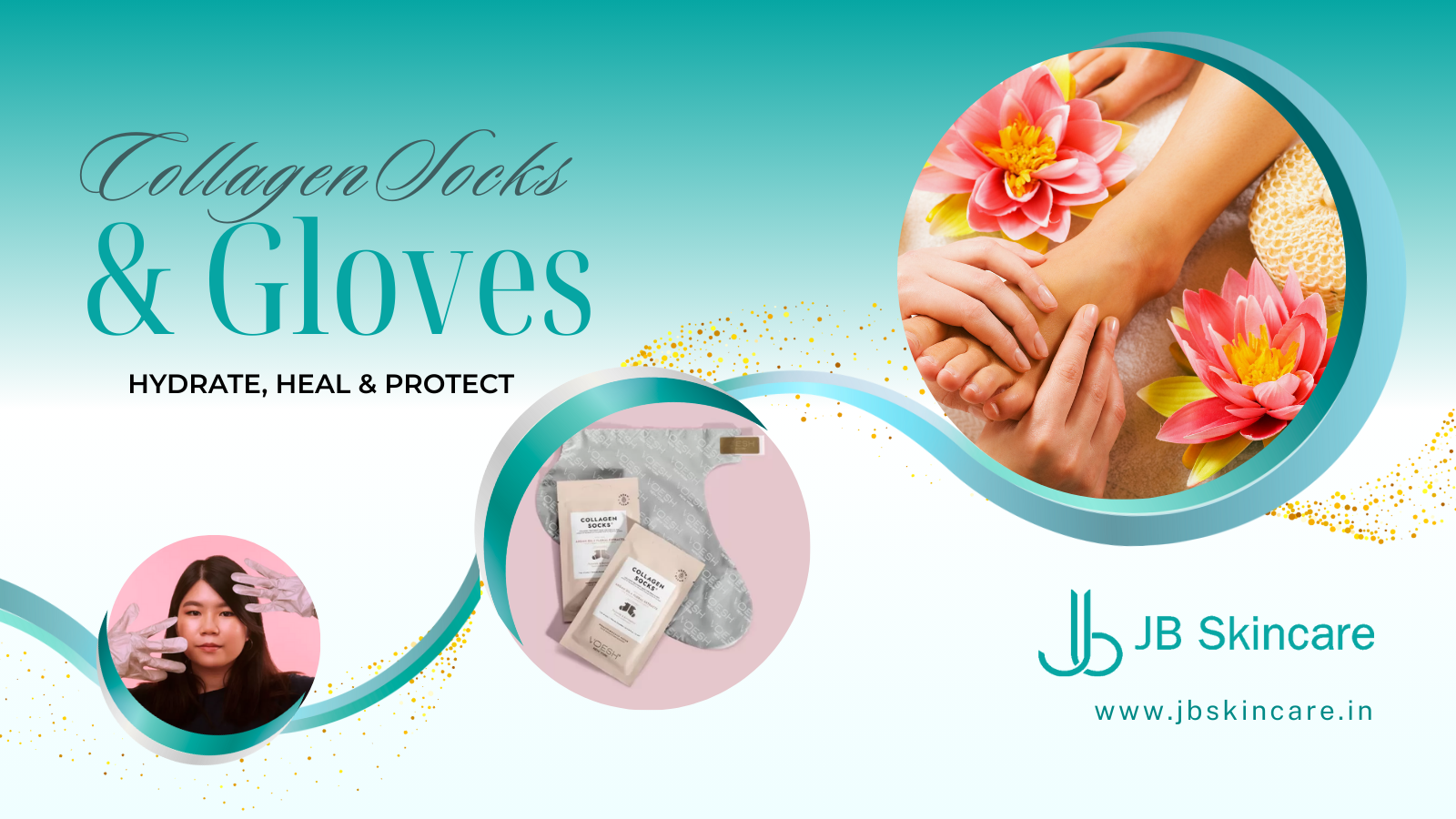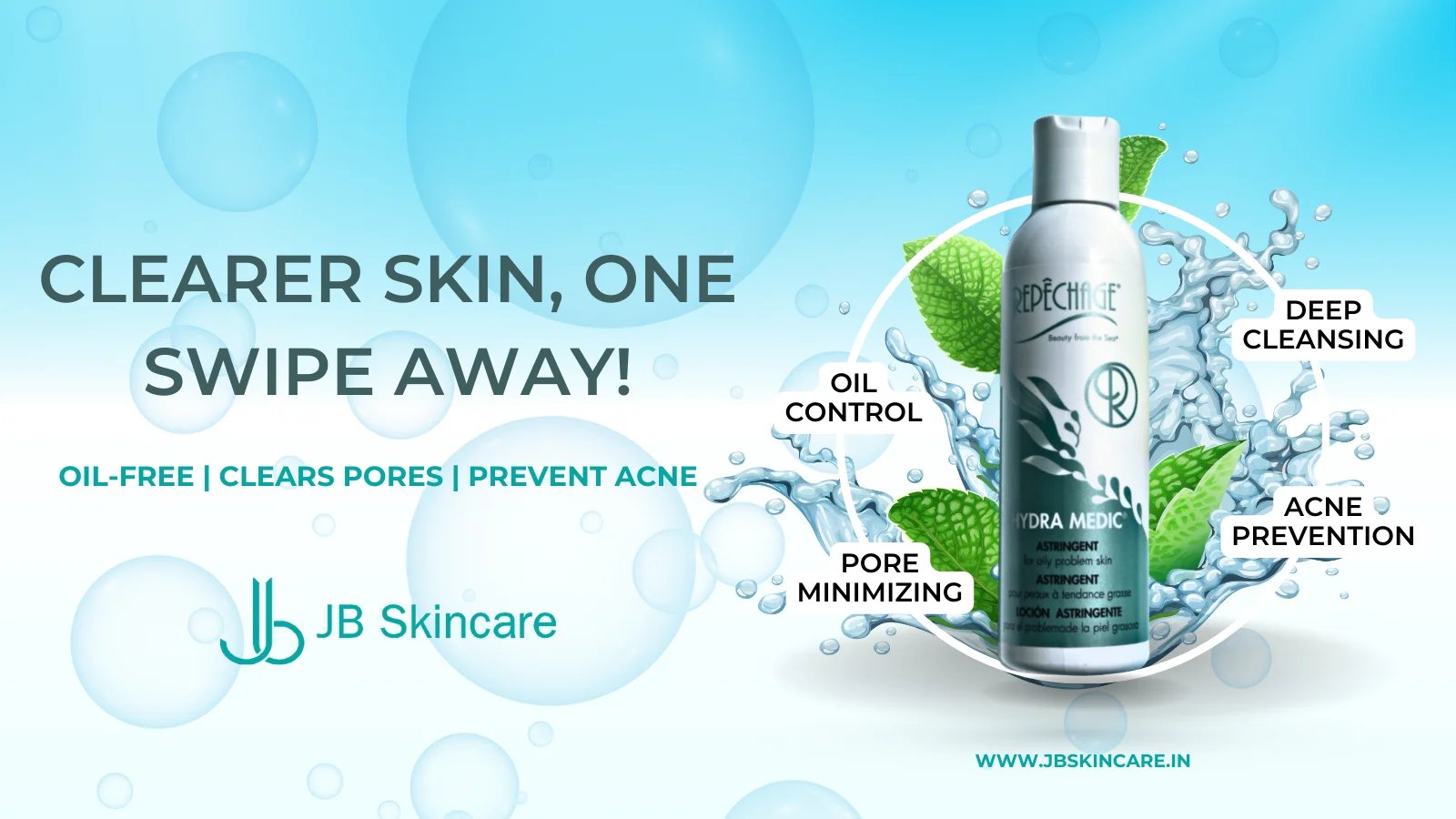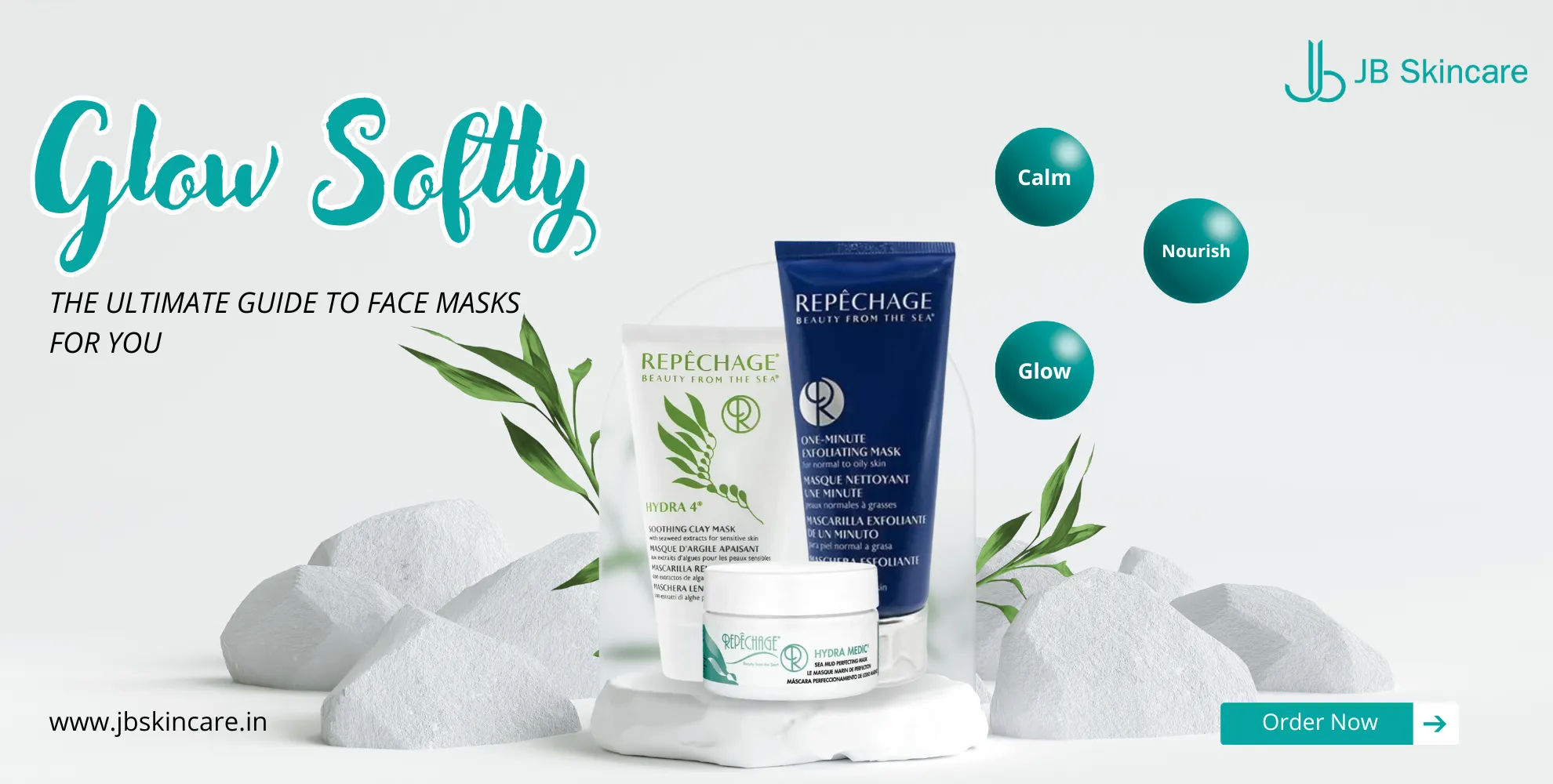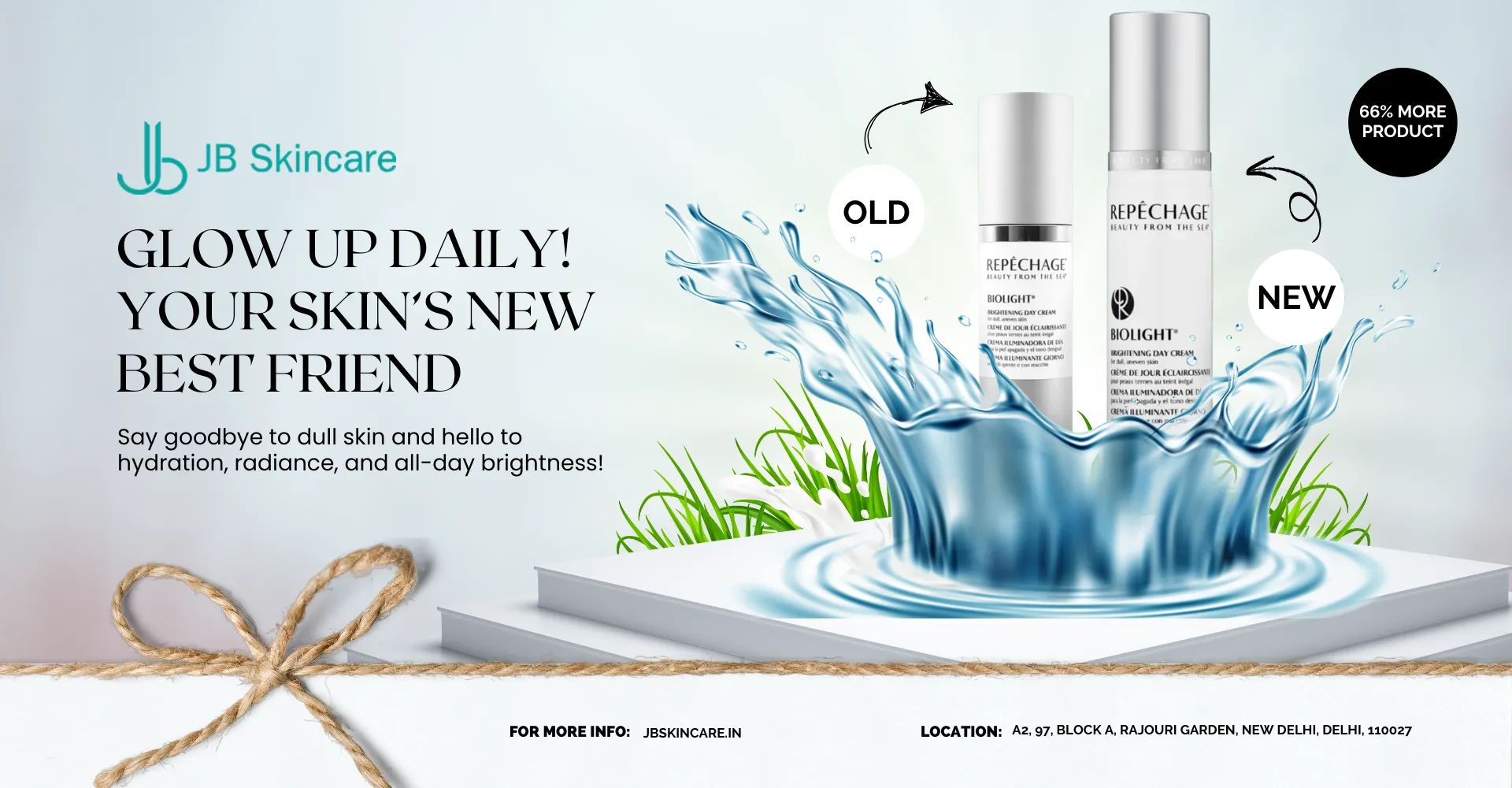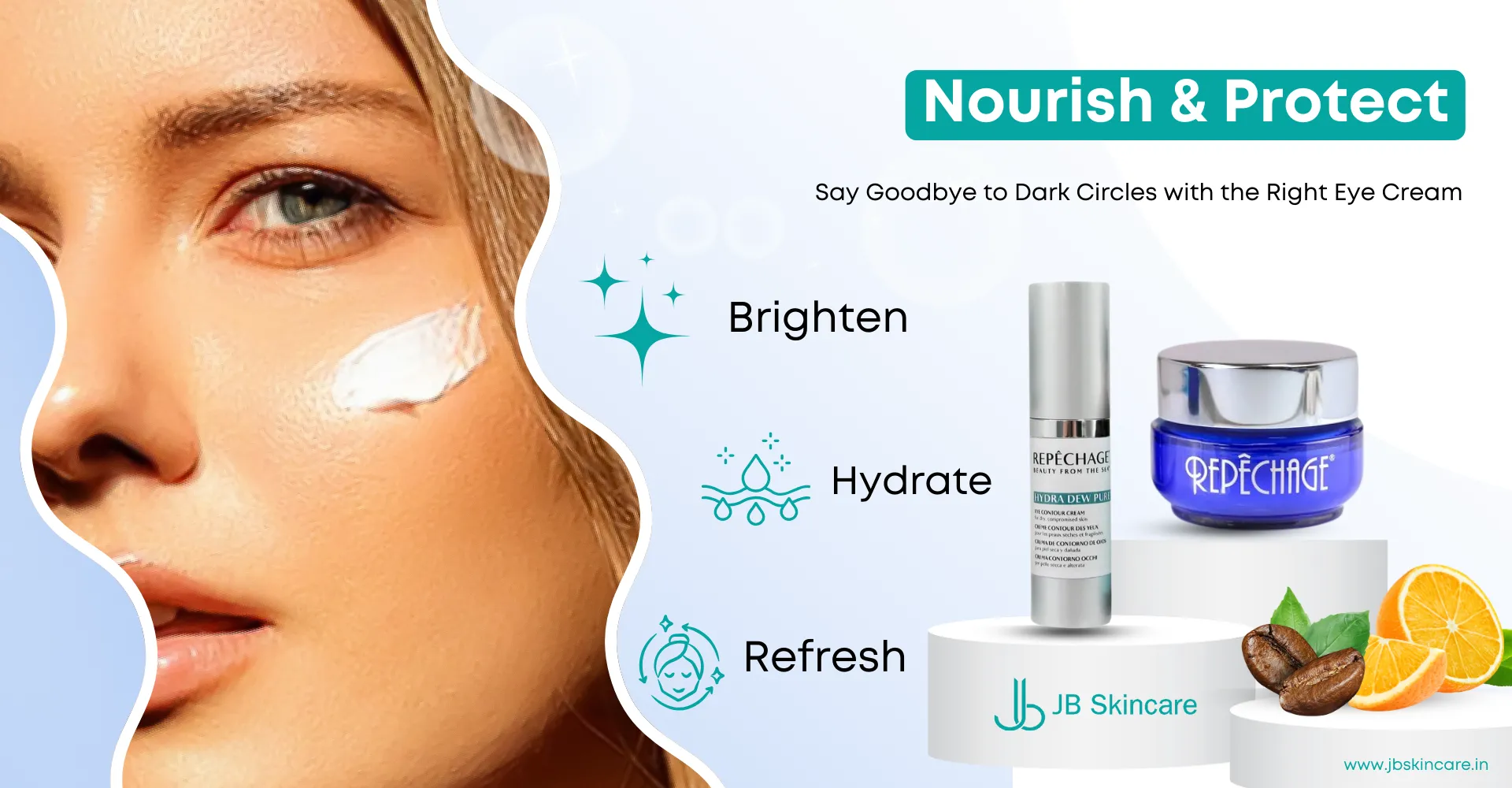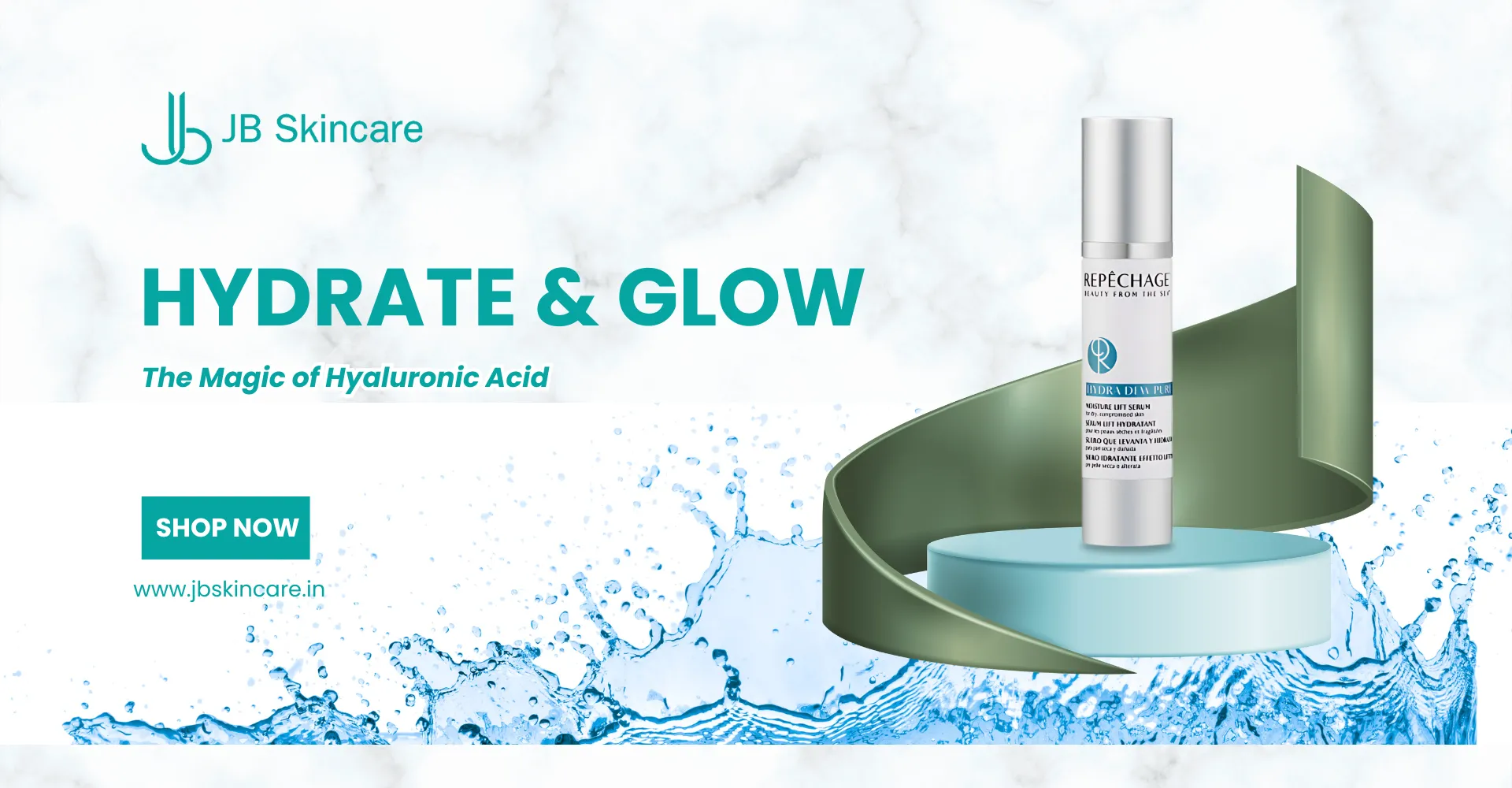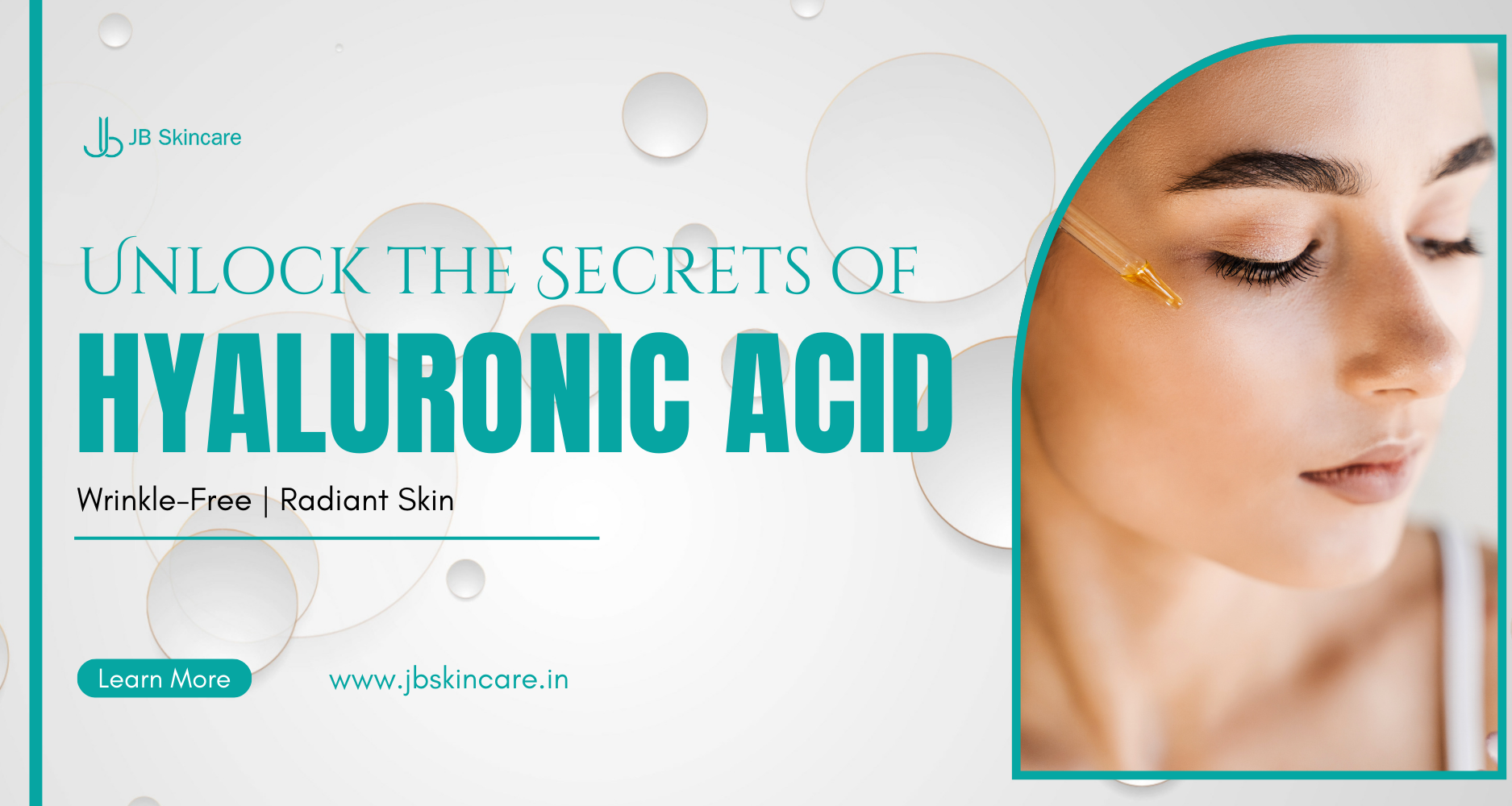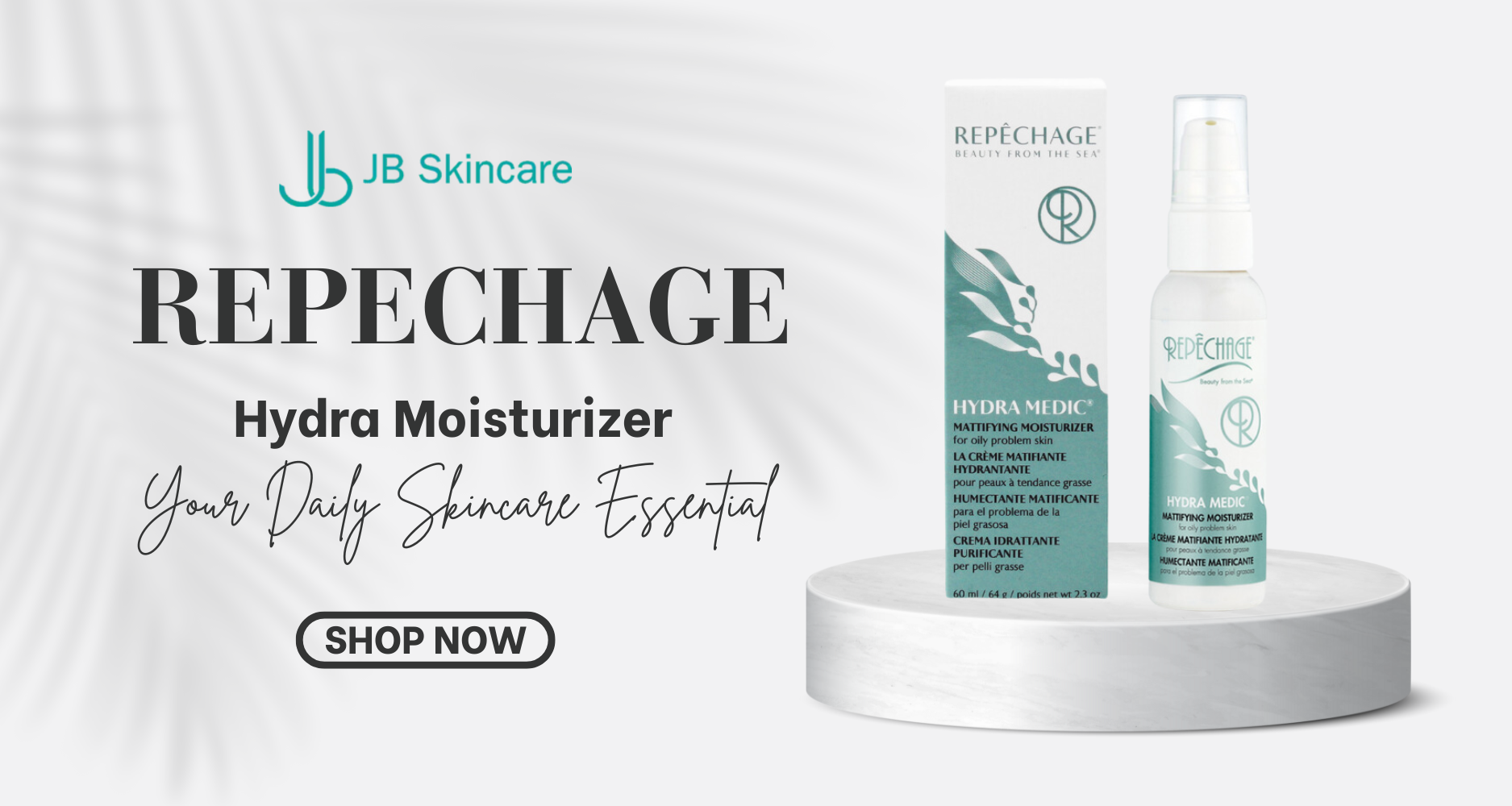Astringents are an essential part of any skincare routine, especially for those with oily or acne-prone skin. While commercial astringents are readily available, creating your own at home allows you to control the ingredients and tailor the formula to your specific needs. In this blog, we’ll explore how to make astringent at home and how to use it effectively for oily skin and acne.
How to Make Astringent at Home
Creating your own astringent is simple and requires just a few natural ingredients. Here’s a basic recipe to get you started:
Ingredients:
- Witch hazel: 1/2 cup
- Apple cider vinegar: 1/4 cup
- Distilled water: 1/4 cup
- Essential oils (optional): Tea tree oil or lavender oil for added antibacterial properties and a pleasant scent
Instructions:
- In a clean, sterilized container, combine the witch hazel, apple cider vinegar, and distilled water.
- If desired, add a few drops of your chosen essential oils for fragrance and additional benefits.
- Shake the mixture well to ensure all the ingredients are thoroughly combined.
- Store the astringent in a cool, dark place, away from direct sunlight, and use as needed.
How to Use Astringent for Oily Skin
Using astringent is a simple yet effective way to control excess oil and minimize pores for oily skin. Here’s how to incorporate it into your skincare routine:
- Cleanse: Start by washing your face with a gentle cleanser to remove dirt, oil, and impurities.
- Apply Astringent: Moisten a cotton pad with the homemade astringent and gently swipe it across your face, focusing on oily areas such as the forehead, nose, and chin (T-zone). Avoid the delicate eye area.
- Follow Up: Allow the astringent to dry completely before applying any additional skincare products, such as serums or moisturizers.
- Frequency: Use the astringent once or twice daily, preferably in the morning and evening, as part of your regular skincare routine.
When to Use Astringent
Astringents are best used after cleansing and before applying any serums or moisturizers. They help to remove any residual dirt or oil from the skin, tighten pores, and prepare the skin for further treatment. It’s important to follow up with moisturizer, especially if you have oily skin, to prevent over-drying.
How to Use Astringent for Acne
Astringents can be particularly beneficial for acne-prone skin, thanks to their ability to remove excess oil and unclog pores. Here’s how to use astringent specifically for acne:
- Spot Treatment: Apply the astringent directly to acne-prone areas using a cotton swab or pad. Focus on areas with active breakouts or visible blackheads.
- Preventive Measure: Use the astringent on a regular basis to help prevent future breakouts and keep pores clear.
- Be Gentle: Avoid rubbing or scrubbing the skin vigorously, as this can aggravate acne and cause further irritation.
- Consult a Dermatologist: If you have severe or persistent acne, it’s important to consult a dermatologist for personalized treatment options.
Conclusion
Making your own astringent at home is a simple and cost-effective way to achieve clear, balanced skin. By incorporating this natural remedy into your skincare routine, you can effectively control oil, minimize pores, and keep acne at bay. Give it a try and enjoy the benefits of a DIY astringent for healthy, radiant skin.

The author is a certified cosmetologist, with over 25 years of experience as a salon owner and practitioner in USA.
